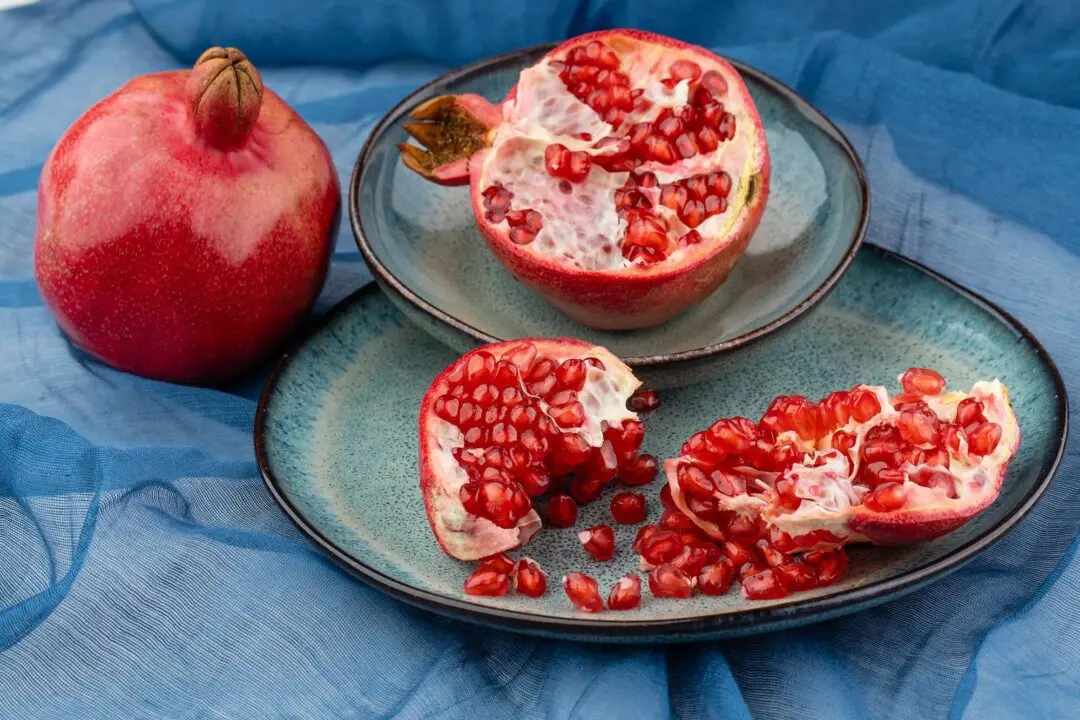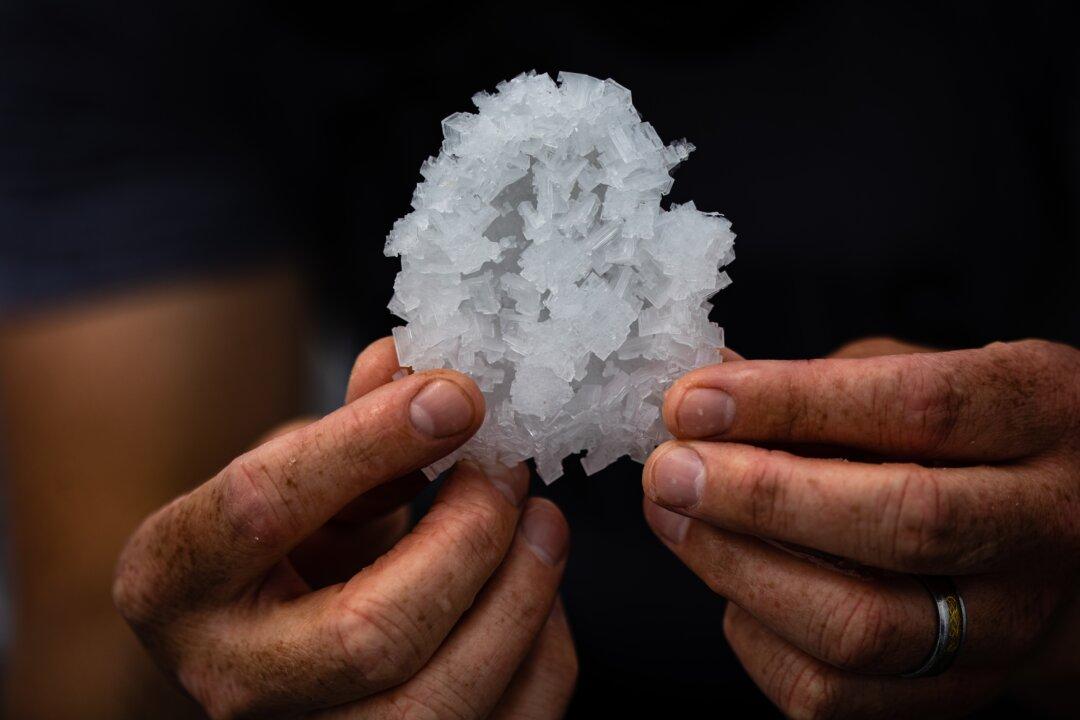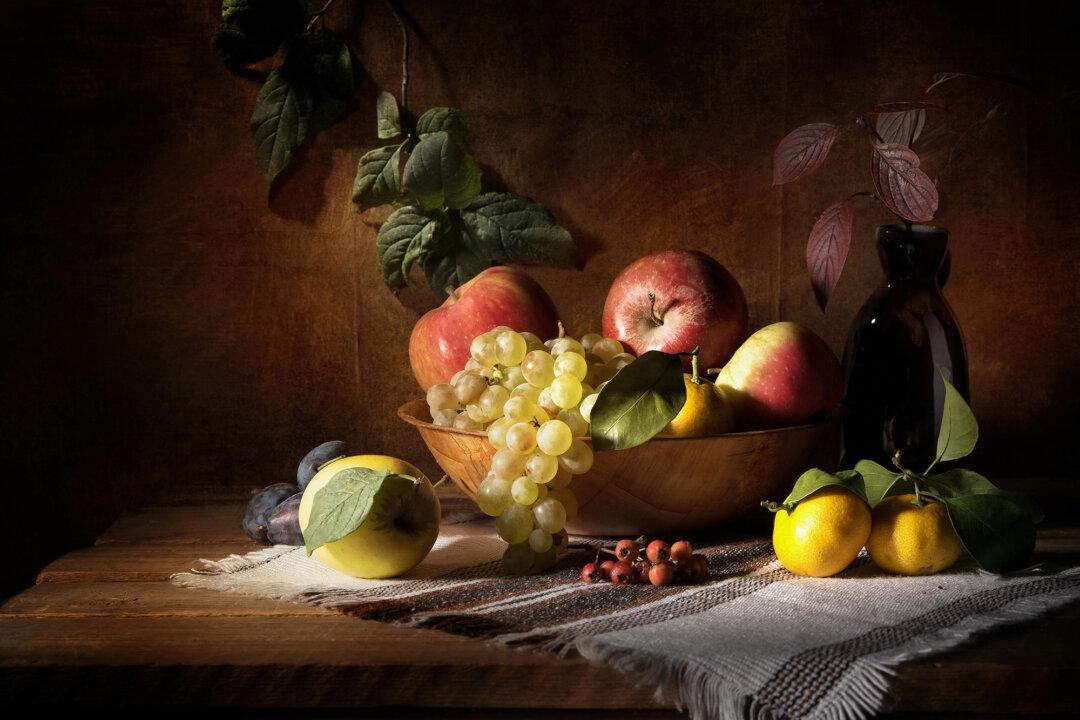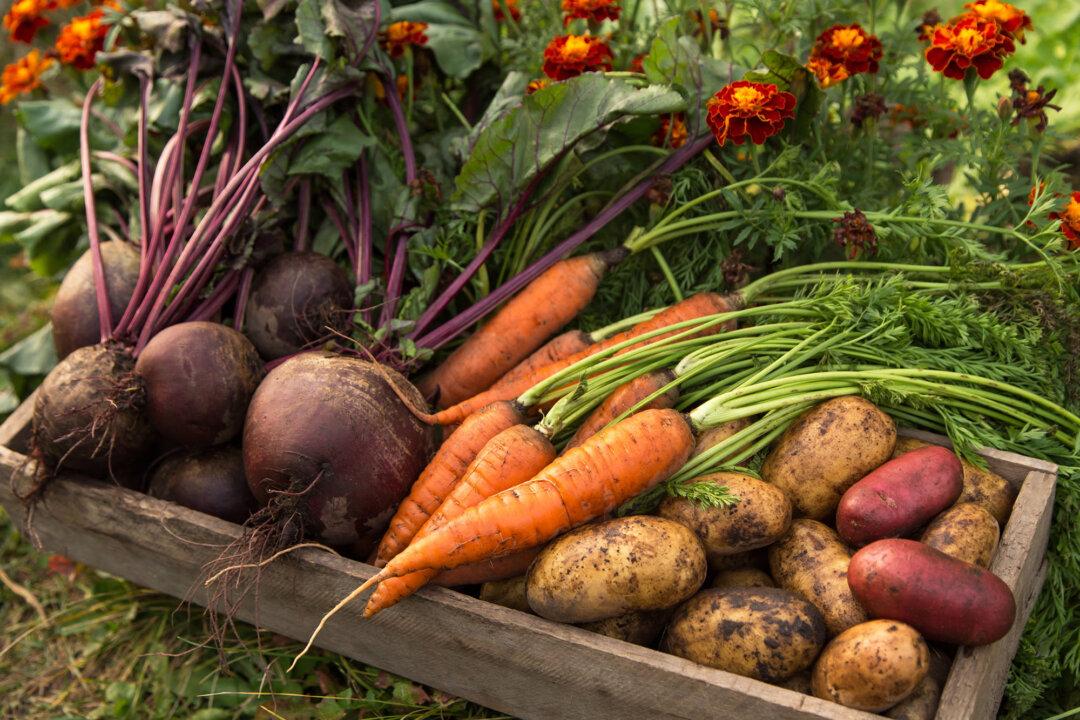Fresh strawberries for breakfast. Again. Ten days in a row. Can you have too much of a good thing?
Think I’ll head to the garden and pick some tayberries instead; my wife can have the strawberries. She loves to just eat them out of hand, while I use them to fancify my morning cereal. Tayberries are just as good for both purposes, as are loganberries, marionberries, raspberries, blueberries, and blackberries.





